Wangdue Phodrang is a district (dzongkhag). The district is located at an elevation of around 1,300 meters (4,300 feet) above sea level, and covers an area of approximately 4,308 square kilometers (1,663 square miles).
Wangdue Phodrang is known for its scenic beauty, traditional architecture, and cultural significance. The district is home to several important landmarks, including the Wangdue Phodrang Dzong, which is a fortress and monastery that dates back to the 17th century. The dzong is located at the confluence of two rivers, the Punatsang Chu and Dang Chu, and serves as the administrative center of the district.
Other notable places to visit in Wangdue Phodrang include the Gangtey Monastery, Phobjikha Valley, and Jigme Singye Wangchuck National Park. The district is also known for its festivals, including the Wangduephodrang Tshechu, which is a traditional festival that takes place every year in the autumn season.
The economy of Wangdue Phodrang is mainly agricultural, with rice and maize being the major crops grown in the region. The district is also known for its handicrafts, particularly bamboo products and textiles. In recent years, there has been a growing focus on tourism as a means of economic development in the region.
Wangdue Phodrang Dzong
Served as an administrative and religious center, with its central courtyard containing several shrines
Phobjikha valley
It is a popular destination for nature lovers and birdwatchers. It is home to the endangered black-necked cranes
Gangtey Monastery
It was built in the 17th century by the grandson of Pema Lingpa, a famous Bhutanese saint
Black Necked Crane Centre
The center is dedicated to raising awareness about the endangered black-necked cranes.
Gangtey Nature Trail
The trail is approximately 4.5 kilometers long and takes hikers through the beautiful natural landscape

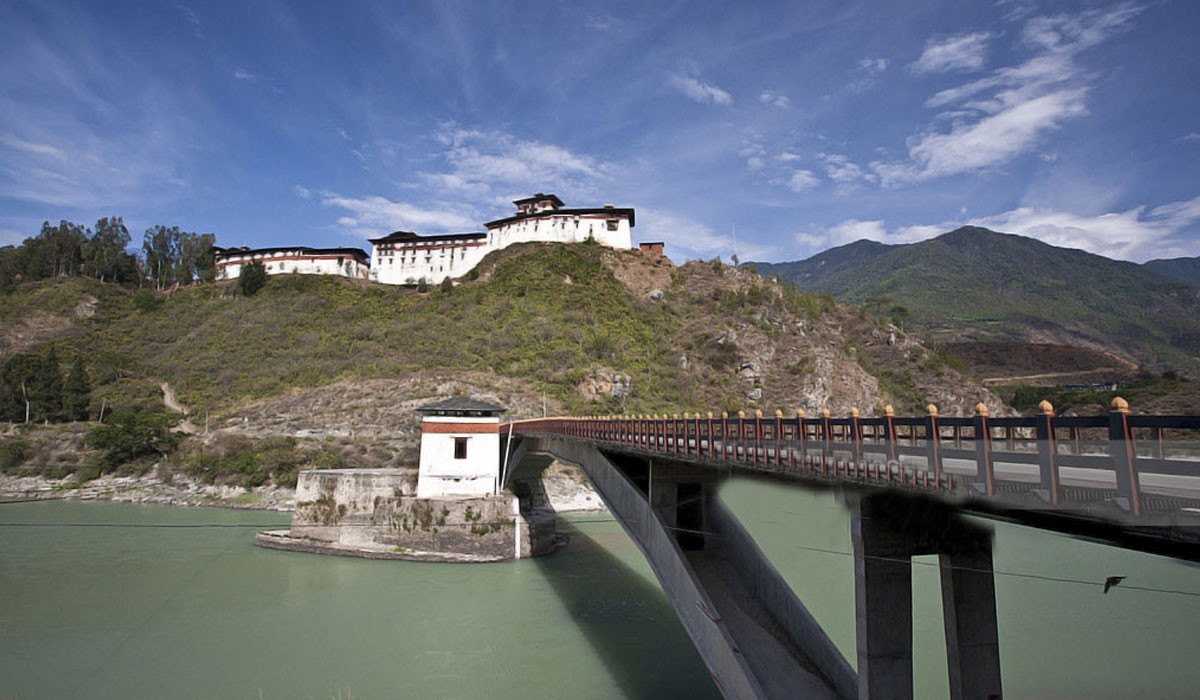
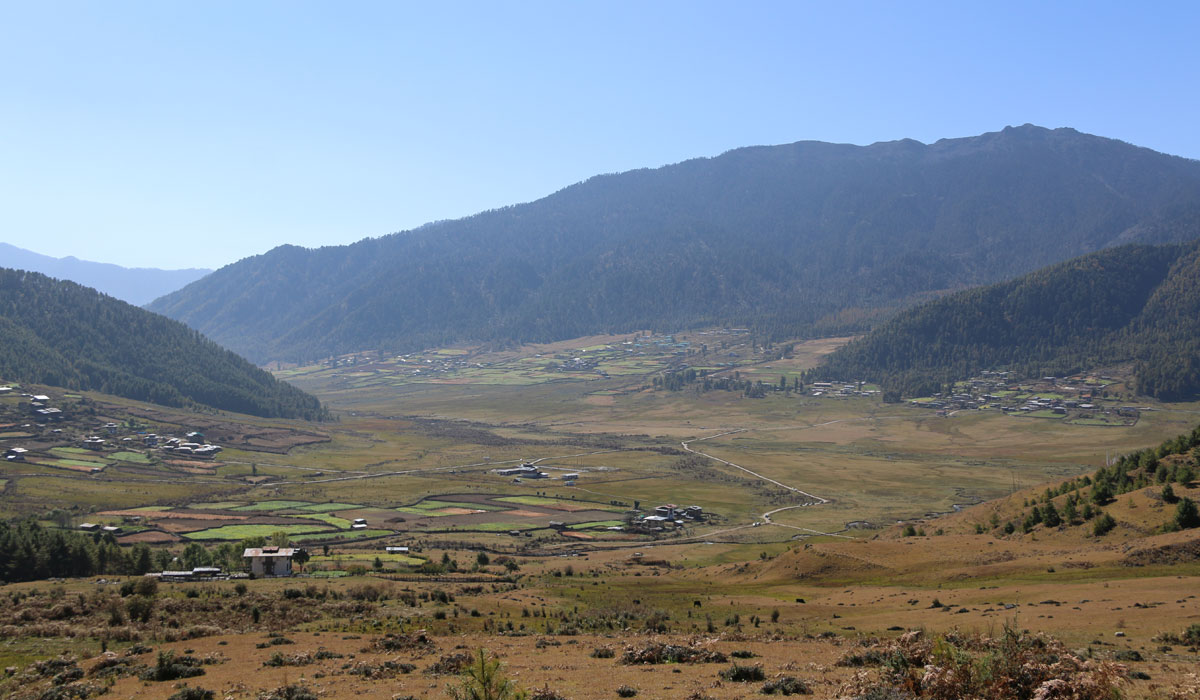
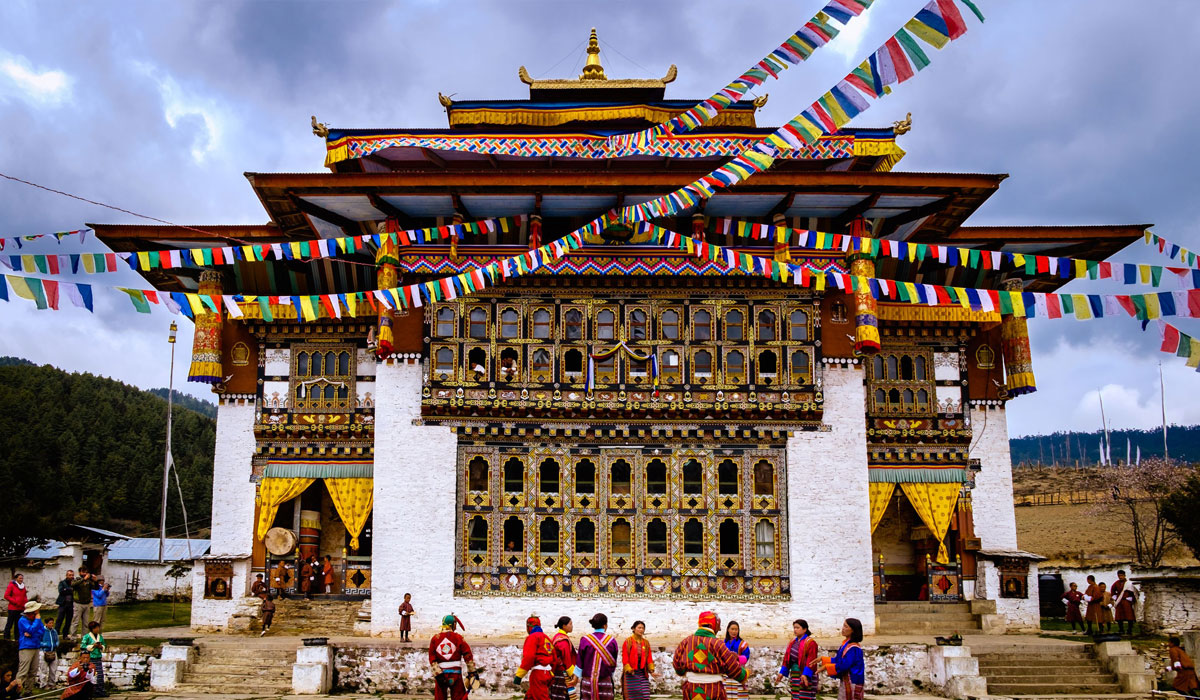
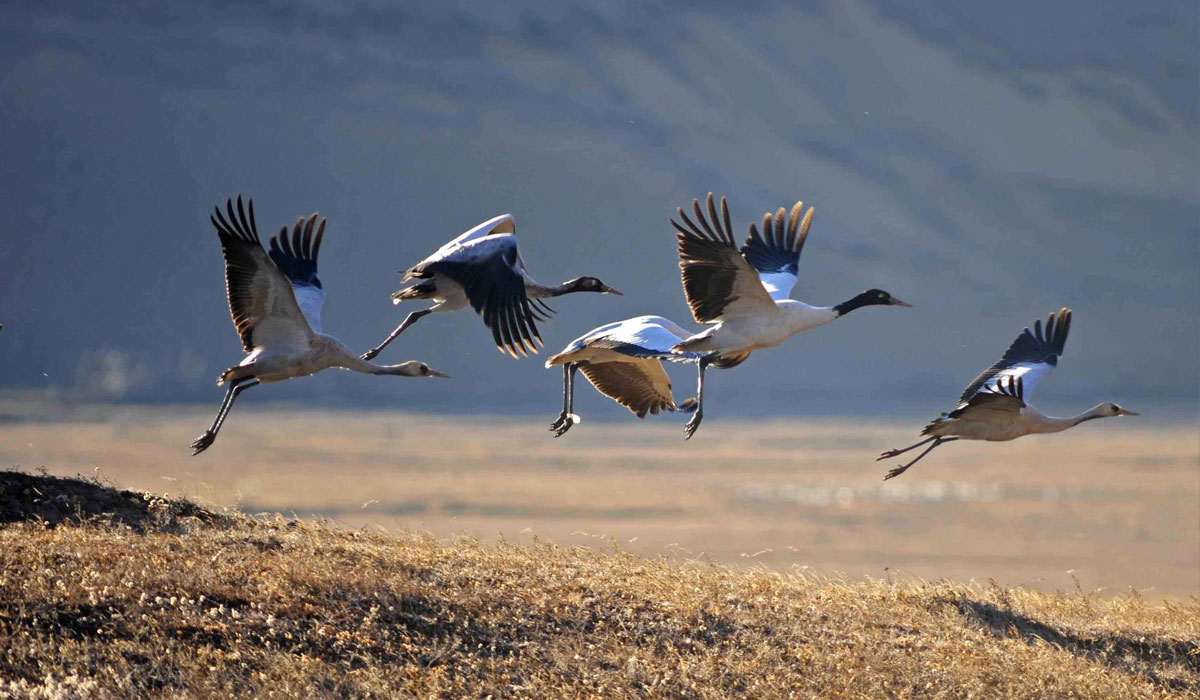
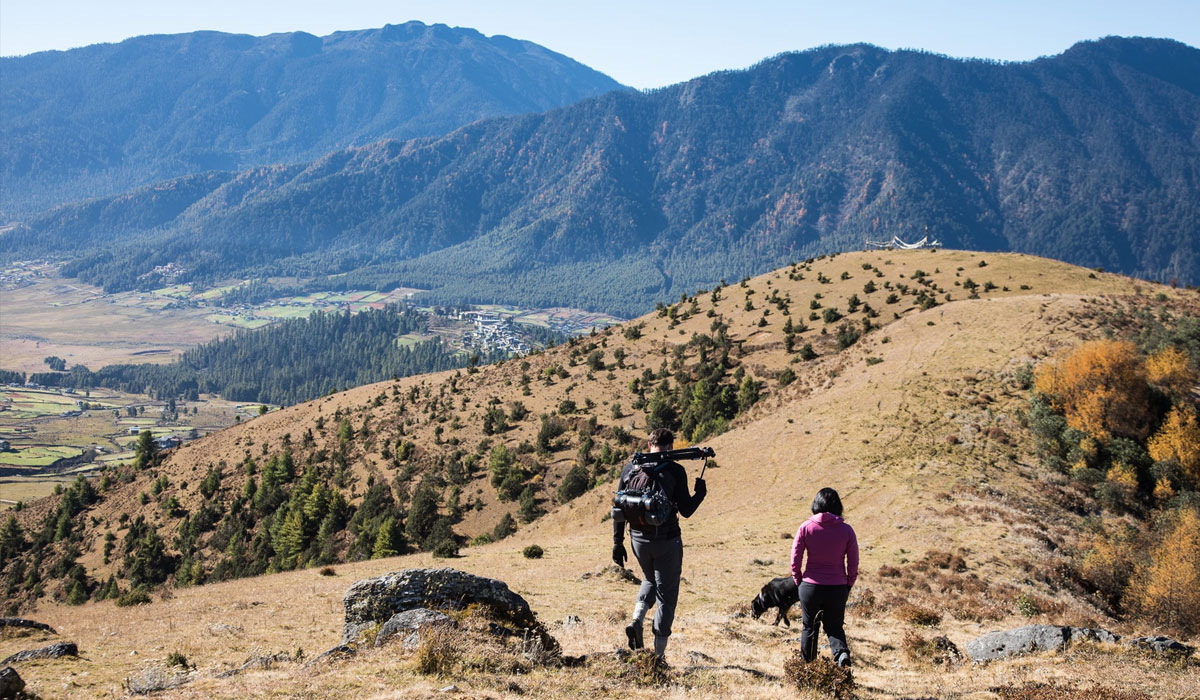
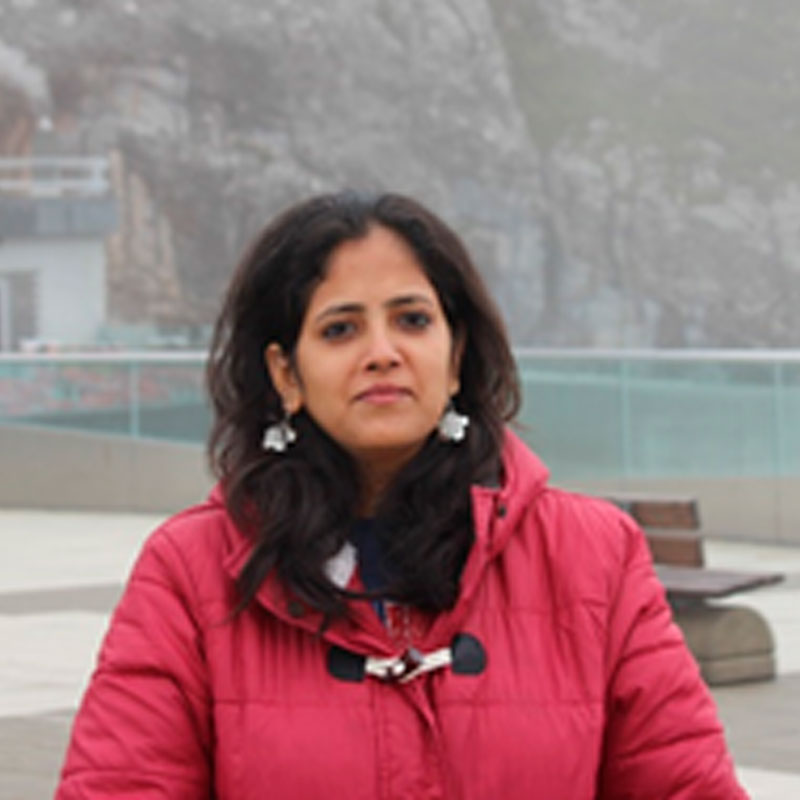 I am Ruchita Mehta. I have done my Masters in Computer Management. Previously I have worked with Yatra and a few other travel companies as a travel adviser for some time. I am an avid traveller.
I am Ruchita Mehta. I have done my Masters in Computer Management. Previously I have worked with Yatra and a few other travel companies as a travel adviser for some time. I am an avid traveller.